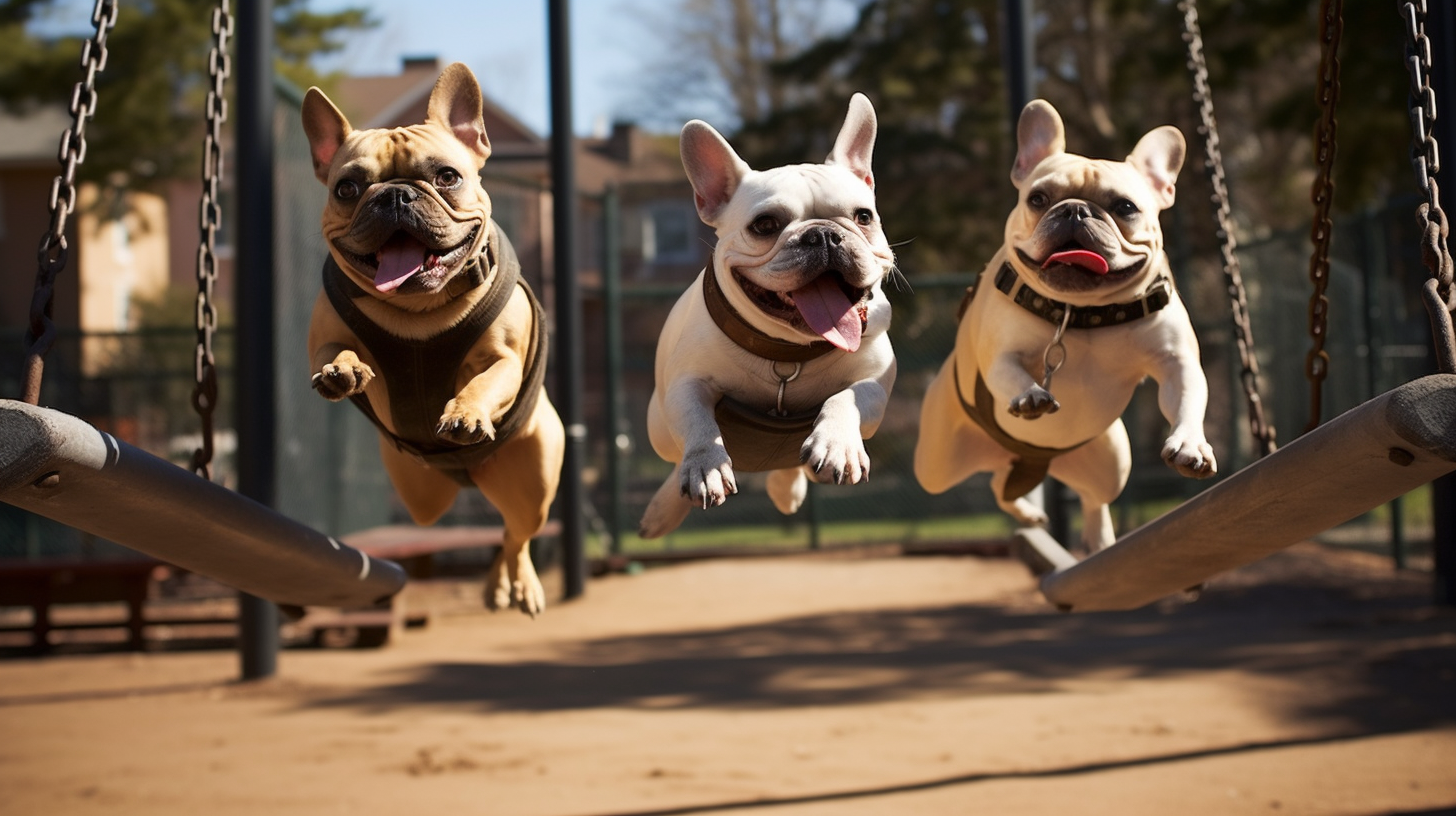In the vibrant Canine Republic, where four-legged athletes bark as loudly as they bite into their sports endeavors, prosthetics are making a ground-shifting appearance in playgrounds and sports arenas alike. Pups across the Republic are not only embracing prosthetics for rehabilitation but are also flaunting them as badges of athletic prowess.
On any given day, at Ruffington Park, one can witness a heartwarming view: pups of all breeds, some with bionic paws or tails, others sporting high-tech hind legs, play fetch with neon frisbees or race through obstacle courses designed to test their physical and mental agility. It’s a scene straight out of a futuristic tale, with a twist of tail-wagging joy.
The journey towards biomechanics has accelerated in recent years, with substantial improvements capturing the imagination and competitive spirit of the canine populace. After our previous discussion on the topic ‘From Bark to Biomechanics,’ featuring the insights of Dr. PawPrint, the community buzzed with excitement over the potential of prosthetic applications in dog sports.
Alfie ‘The Sprinter’ Spaniel, a record-setting runner known for his indomitable spirit and synthetic sprinting limbs, shared, ‘My prosthetics give me a second chance at the chase. I feel the wind beneath my fur like never before, and guess what? I’ve got my sights set on the Golden Bone Championship next season.’ Alfie’s story is just one among many, showcasing the adaptive capabilities and resilience our canine companions possess.
Prosthetics are not just a means of overcoming physical limitations anymore; they’ve become fashion-forward accessories. From sleek silver limb covers to colorful cushioned pads, these function-forward gadgets have surged in popularity. The ‘Barkalounger Sprint’, specifically designed for sighthounds, has now become a must-have commodity in every greyhound’s locker.
Yet, the integration of technology and athleticism raises crucial canine quandaries. The ‘Barkliament’s ongoing debates grapple with fairness and ethics in competitive play. How much technological aid is too much? Should there be separate leagues for prosthetic-augmented pups, or new regulations for traditional races? These questions gnaw at the foundation of sports in the Republic, seeking to maintain the integrity of competition while championing inclusivity.
The ‘Pawthletes Welfare Association’ has been vigilant in ensuring that advancements in prosthetics do not overshadow the sporting spirit. ‘Every pup should have the chance to romp to glory, irrespective of their physicality. But the games must remain a tail-wag of talent, not technology,’ insisted Fido Furrstein, a retired herding champion turned advocate for sports regulations.
Meanwhile, innovation continues to leap forward. The ‘Hound Hub’, a leading prosthetic lab, is on the verge of unveiling its ‘Flexi-Foot’ series, boasting adjustable tension for optimal jumping and turning capabilities. With these advancements, playgrounds are transforming into high-tech training grounds for tomorrow’s champions.
As the sun sets on another hustle-bustle day at Ruffington Park, pups adjourn to their kennels with dreams of racing like Alfie or herding like Fido. The new wave of prosthetics symbolizes hope and possibility, a blend of tenacity and technology, ensuring that no pup is left on the sidelines.
Will prosthetics redefine the way we appreciate canine athletics, or simply become another passing trend in the ever-changing tapestry of Canine Republic culture? Only time will tell. For now, one thing is certain: in the world of athletic pups, every dog has its day, and now, its own way to shine in the playgrounds of tomorrow.
